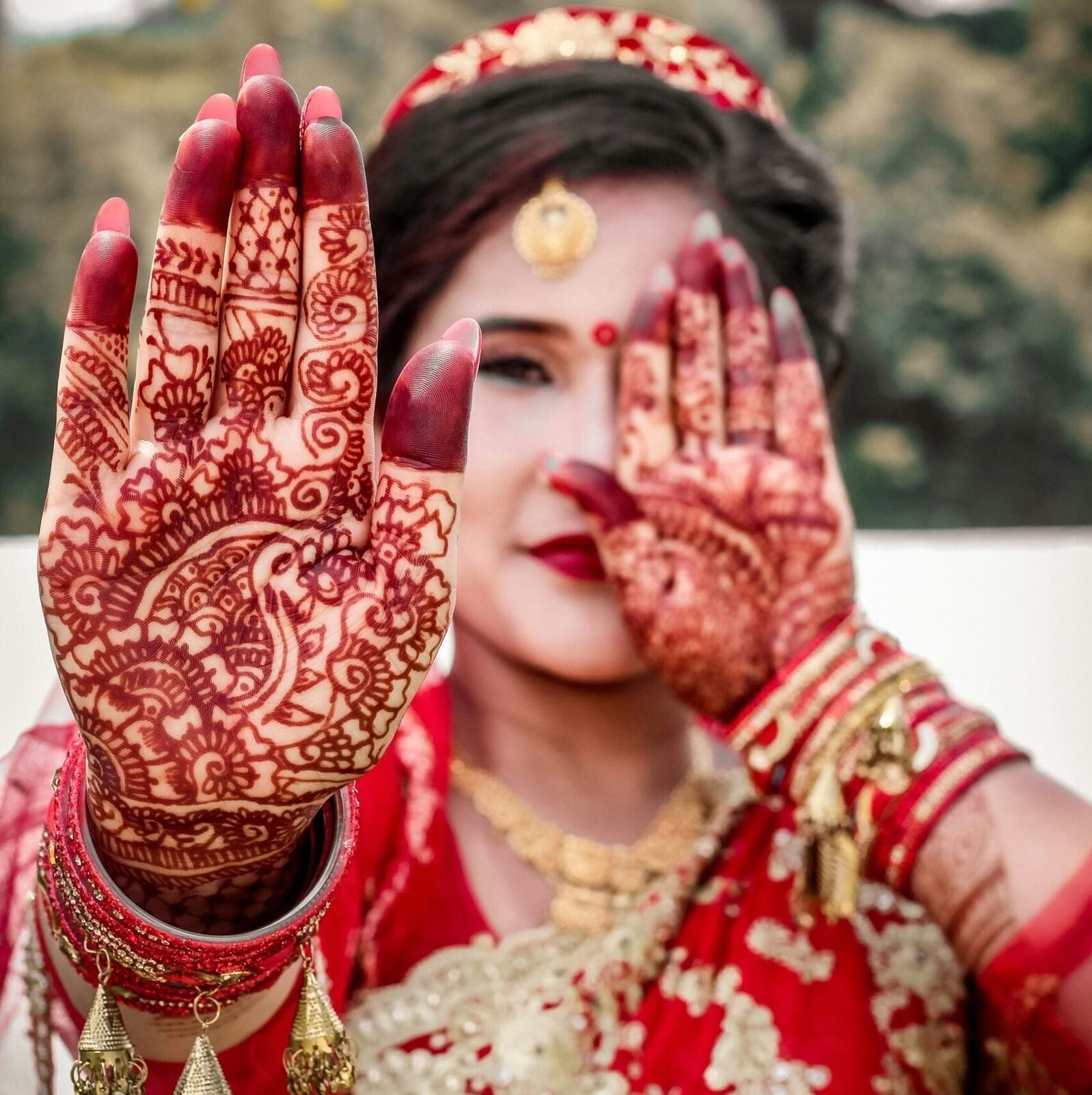A Journey Through the Vibrant World of Indian Mehendi Art
The Significance of Mehendi in Indian Culture
Mehendi, or henna, has been a vital element of Indian culture for centuries, deeply embedded in various rituals and celebrations. Its origins can be traced back to ancient traditions, where it was not only used for body adornment but also held significant meaning in the social and spiritual fabric of Indian society. The application of mehendi is most prominently recognized during celebrations such as weddings, where intricate designs adorn the hands and feet of brides, symbolizing beauty, joy, and love.
In Indian weddings, mehendi rituals are characterized by elaborate festivities, often featuring music and dance. The color of the dried henna’s stain is traditionally believed to be a reflection of the bride’s marital bliss; a darker hue signifies a deep and harmonious relationship with her spouse. Beyond weddings, mehendi plays a vital role in various festivals, such as Eid and Diwali, where it serves as a means of expressing joy and celebration. The art of mehendi is regarded as an auspicious token, associated with prosperity and fertility, which is why it continues to be an indispensable part of life’s milestones.
The cultural significance of mehendi has evolved over time, with diverse regional styles emerging throughout India. Each region showcases its unique designs and symbolism, reflecting local customs and traditions. For instance, the intricate motifs of Rajasthani mehendi differ from the geometric patterns common in Bengali designs. This regional diversity not only enriches the art form itself but reinforces the broader cultural heritage of India, illustrating how mehendi has interwoven itself into the fabric of society. Today, mehendi continues to thrive, blending traditional elements with contemporary artistry, thus maintaining its relevance in modern festivities.
Diverse Mehendi Designs for Every Celebration
Mehendi, a traditional art form, is an integral part of various celebrations in Indian culture, showcasing a spectrum of designs that cater to different occasions. Each event brings unique significance, and the mehendi designs reflect that sentiment through intricate patterns and styles. For weddings, the mehendi holds particular importance, often featuring elaborate motifs that symbolize love and happiness. Popular bridal designs include paisleys, floral patterns, and symbolic elements like peacocks and mandalas, which can be adorned on the bride’s hands and feet. These designs are meticulously intricate, often taking several hours to complete and serving as a beautiful representation of the bride’s journey.
Festivals such as Eid and Diwali also embrace the vibrant colors and designs of mehendi. For these occasions, simpler yet elegant patterns are preferred, allowing individuals to express their festive spirit while maintaining ease of application. Designs might incorporate geometric shapes, vines, or minimalistic floral patterns, offering a balance between tradition and modernity. It is essential to select patterns that resonate with the cultural significance of the festival while ensuring the design aligns with the wearer’s personal style.
Family gatherings, birthdays, and other celebrations warrant a more playful approach to mehendi art. Here, the designs can be whimsical and creative, often featuring cartoon characters or abstract shapes that appeal to children and adults alike. As trends in mehendi art evolve, contemporary styles are becoming increasingly popular, utilizing modern aesthetics while honoring traditional motifs. Mixing vibrant colors and unconventional patterns has created a new genre of mehendi art that resonates with the younger generations, making it relevant for all forms of celebration.

